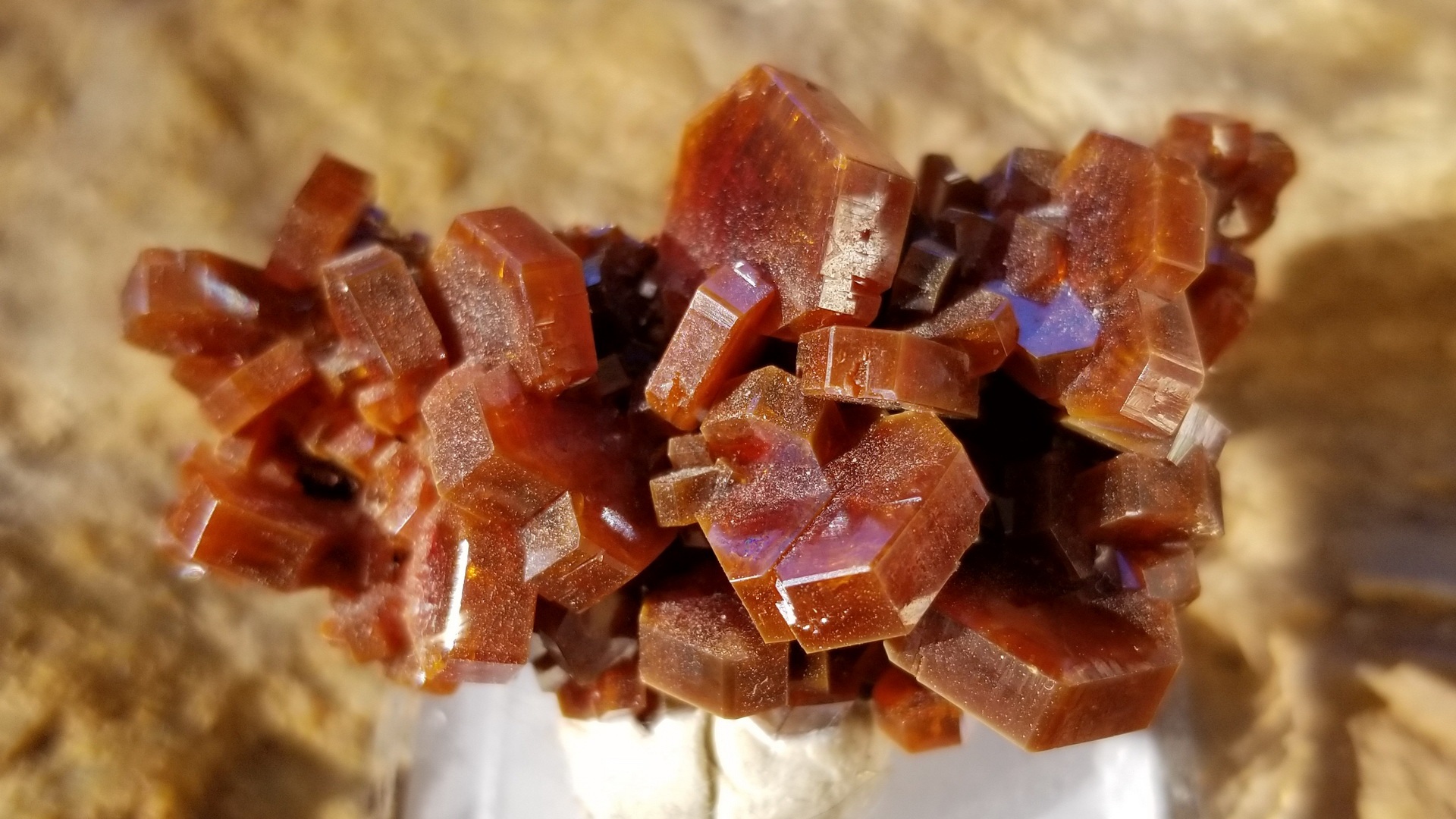United Nations – UNCTAD, Genéve
The United Nations Conference on Trade and Development, Geneva
SUMMARY
1. What is gum arabic?
Almost everyone has eaten or has rubbed gum arabic on themselves or on their teeth, which incidentally has no connection with the Arabs. Gum arabic is a resinous material sourced from the acacia tree, it is rich in minerals and bacteria that is useful for humans, and after processing is added to a diverse range of foods from soft drinks to confectionery because it is an excellent texture modifier. It is used as a base material in toothpastes, and in the pharmaceutical and cosmetics industries too. The resinous material is produced by the acacia tree as the plant’s immune response to being wounded or when attacked by pests. The ‘arabic’ name is thanks to the Beja tribe who once inhabited Sudan. In their language the word ‘arabic’ means: transparent and excellent. The acacia tree is almost a magic plant. It binds the sand, hinders desertification and contributes to slowing the rate of global warming. The wood is used as a building material for wooden huts, in furniture production, rope making, as animal feed and as charcoal. Every single part of the plant throughout its entire life cycle can be utilized. Approximately 3% of the acacia tree stocks is used for the production of gum arabic. Only 5% of the extracted gum arabic is processed locally, 95% is shipped to Western European, primarily French factories.
2. The production and sales chain of gum arabic
The major gum arabic producing countries are the poorest countries in the Sahel region, the largest producer is Sudan. These nations could gain more income if they occupied a higher position in the gum arabic supply chain and the crude material processing would take place here rather than in the Western world. Not only are the producing countries poor, but the gum harvesters themselves belong to the poorest and most vulnerable layers of society. The wholesale retail price of the raw gum arabic material is approximately EUR 3, the harvesters receive a mere 5 Cents of this amount. Gum arabic has been extracted using the same technique for the past 5,000 years: using a sharp piece of iron fitted onto a long stick the bark of the tree is wounded in several spots and two weeks later the gum arabic appears, ready for harvest. The other harvesting procedure involves the collection of the resin that spontaneously appears on the tree. With this ‘poking’ method 3-4 harvests are possible in the 2-3 month gum arabic collection season, while the spontaneous collection only allows for one harvest to take place per season.
3. The production and commercial challenges of gum arabic
Because it is based on individual collectors, the production of gum arabic is highly atomized and the amount collected is volatile. When the price of the raw material is down, the resin harvesters opt to stay at home, and do not collect the gum arabic. As a result, prices will start to rise and when it is worthwhile to sell the goods, the harvesters swarm out, which after a while reduces the price once again. At any given moment, purchasing prices can be very diverse according to the geography . The extremely fluctuating price is not good for the harvesters nor the buyers as the costs can not be precisely planned. In addition, many Western buyers would be willing to pay a higher price because usually only very small amounts of the gum arabic end up in various finished products, thus this has little impact on consumer prices. In Mauritania and Senegal state monopolies strive to make production and export more efficient.
4. Social challenges
Production is restricted by poverty too. Many people don’t even have the poking stick at their disposal, in addition to not having the appropriate know-how about the proper harvesting of the trees. Consequently, from a European viewpoint, with a very low investment and good organization, for example with the donation of poking sticks, education, real-time information about market prices via cell phone, many families could significantly benefit. A better functioning gum arabic production system with higher individual incomes would even have a migration deterrent effect. The producing countries have to tackle two kinds of migration triggered by hopelessness. One is the depletion of rural areas and the migration into cities that severely overwhelms the infrastructure of cities and causes serious social tensions. The other is the migration out of the country, which leads to the loss of the working-age population. Officials in the affected countries believe that the damage to the economic and social networks, and the loss of up to 2-3 generations of active-age male citizens, are causing economic deterioration resembling the effects of a war.
5. Positioning
Lobby activities for the better positioning of gum arabic are ongoing. On the one hand as a product containing probiotics as well as natural and important minerals, it would significantly boost gum arabic’s image if it was listed in food guidelines not as an additive but as a probiotic. The producer countries are considering the formation of a production association, equipment supply and information flow development, setting minimum producer grants, and marketing gum arabic as a joint effort. Gum arabic production was considered to be such a vital issue by the United Nations that it is included among the organization’s long-term priorities until 2030.

